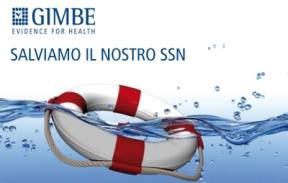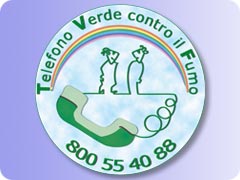All news by therapy
Long-term non-invasive ventilation in children: Transition from hospital to home
Long-term non-invasive ventilation (NIV) is an accepted therapy for sleep-related respiratory disorders and respiratory insufficiency or failure. Increase in the use of long-term NIV may, in part, be driven by an increase in the number of children surviving critical illness with comorbidities.

NIV may be used in acute illness to avoid intubation, facilitate extubation or support tracheostomy decannulation, and to avoid the need for a tracheostomy for long-term invasive ventilation. As a result, some children start on long-term NIV as part of transitioning from hospital to home.
In this review the authors identify and summarize key steps for transition planning for long-term NIV.
Decision making:Shared decision making, a collaborative process in which parents and clinicians jointly establish a treatment plan that integrates clinical evidence and patient/family values/preferences are strongly encouraged.
Initiation of long-term NIV: initiation of long-term NIV in a non-acute setting may be made after polysomnography or other types of respiratory assessment, after a single or repeated acute illness requiring hospitalization or empirically in a child with known risk factors for respiratory support where respiratory monitoring is limited or not available.
Optimizing equipment: The basic set-up includes the interface that connects the child to a circuit, a flow generator, that generates positive airway pressure. Nasal masks are the most used interface in studies of long-term NIV in children. The device, or flow generator used to generator positive airway pressure, attaches to the interface via a circuit. This is most often a single-limb circuit used with an interface that has ventilation ports, or holes, that allow an intentional leak to clear carbon dioxide from the mask. Devices used to deliver NIV can be grouped into three broad categories: standard home devices (standard CPAP/BPAP or auto-titrated CPAP), intermediate devices, and life support devices (same devices or similar technology that are used for invasive mandatory ventilation).
Transition through the hospital to home: includes coordination not only with the family but across multiple healthcare providers. Readiness for discharge should be based not only on clinical data but on domains that include: caregiver self-efficacy for home care management, adequate support and resources and comprehensive knowledge of the care plan.
Clinical follow-up after transition: The European Respiratory Society (ERS) Statement on Paediatric Long-term Non-invasive Ventilation recommends follow-up 1 month after long-term NIV initiation followed by visits every 3–6 months and includes polygraphy as an alternative to polysomnography in cases of suboptimal control and overnight oximetry and capnography at a minimum of every 6 months. Home monitoring and virtual clinical follow-up is feasible and may be beneficial for some children.
Reference
MacLean JE, Fauroux B. Long-term non-invasive ventilation in children: Transition from hospital to home. Paediatr Respir Rev. 2023 Jan 12;S1526-0542(23)00002-7. doi: 10.1016/j.prrv.2023.01.002. Online ahead of print.






